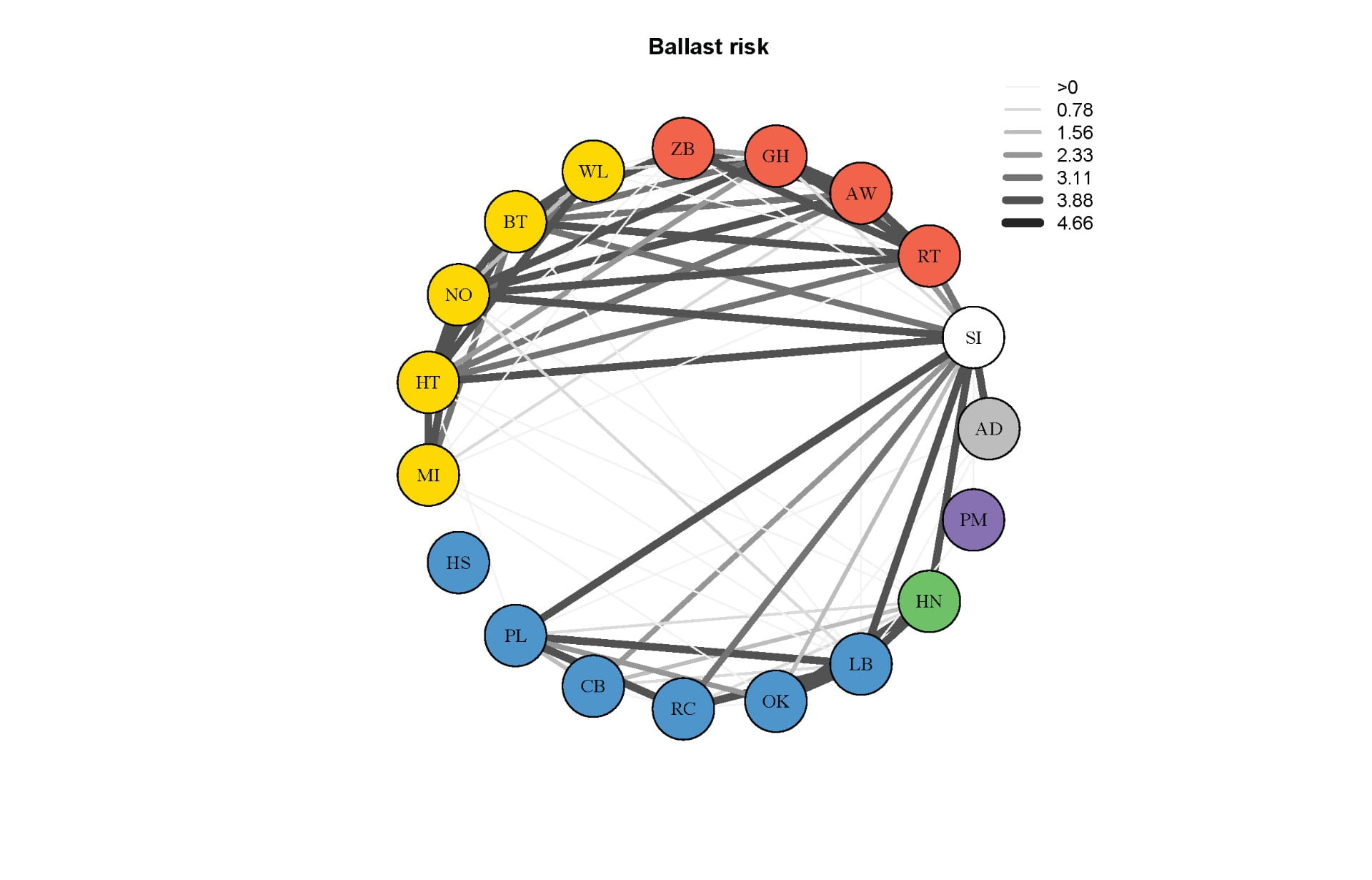Non-invasive and eDNA Analyses
Non-invasive and eDNA sampling have grown in popularity in ecological studies to reveal important information about the distribution, diversity and abundance of species. Sequencing and genotyping methods can be applied to DNA that organisms leave behind (e.g. feces or hair). Water/soil samples can also be tested for the presence of single species (qPCR & ddPCR), species assemblies, or entire communities (multiplex PCR, metabarcoding and metagenomics).
- Quantitative (qPCR) and digital droplet PCR (ddPCR)
qPCR/ddPCR detection and quantification of environmental samples typically targets highly species specific DNA sequences. We can detect invasive species using our own or publicly available assays. We also develop new assays to meet specific needs. - Metabarcoding
eDNA metabarcoding combines PCR and Next Generation Sequencing for the simultaneous identification of individual taxa belonging to different taxonomic groups (e.g., bacteria, invertebrates, fish, metazoans, etc). This approach can generate many gigabytes of data requiring substantial bioinformatics analyses. - Multiplex assays
Multiplex eDNA assays allow co-detection of tens to hundreds of species of interest with high reliability at low cost. This approach is based on the sequencing of PCR amplicons; it does not require the complex bioinformatic analyses associated with metabarcoding.
Contact egcf@cornell.edu for all inquires and further information.
High-throughput Genomic Analyses
Next generation sequencing (NGS) has revolutionized population and conservation genetics by enabling the high-throughput assessment of genetic variation from a single gene to entire genomes. In the EGCF we discover and genotype with a wide range of repeat- and SNP-based genetic markers in amplicons (targeted loci), reduced-representation libraries, and entire genomes.
We can help with the experimental design to maximize the value of your data. We also provide analytical advice, and direct assistance with bioinformatics.
Contact egcf@cornell.edu for all inquires and further information.


